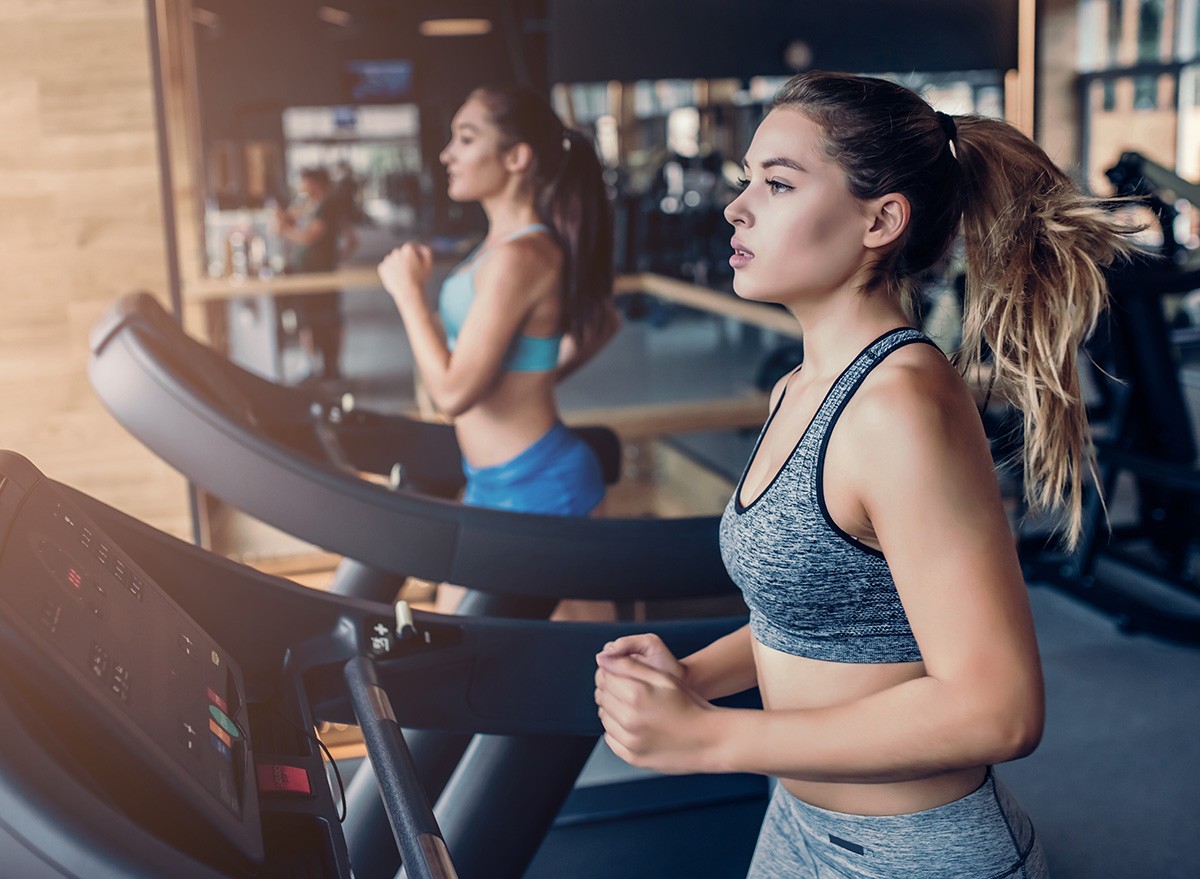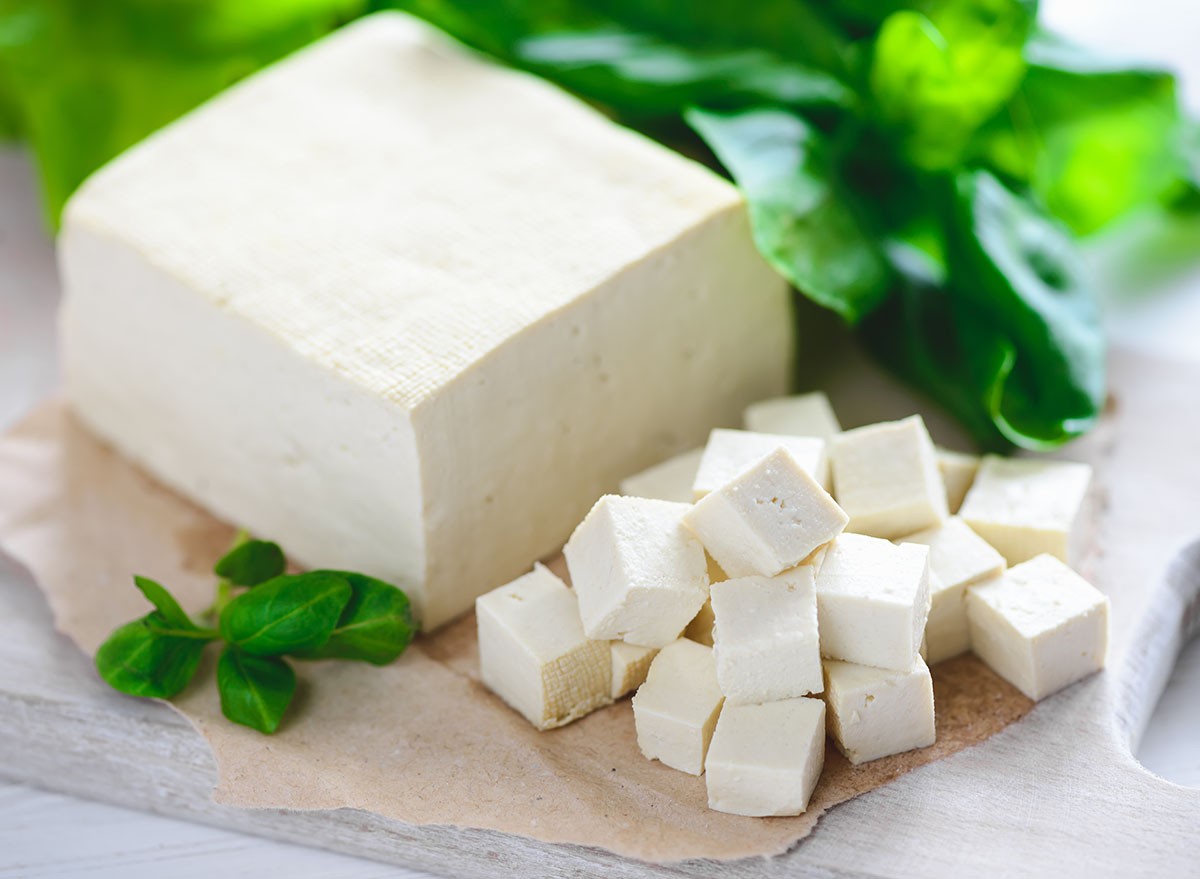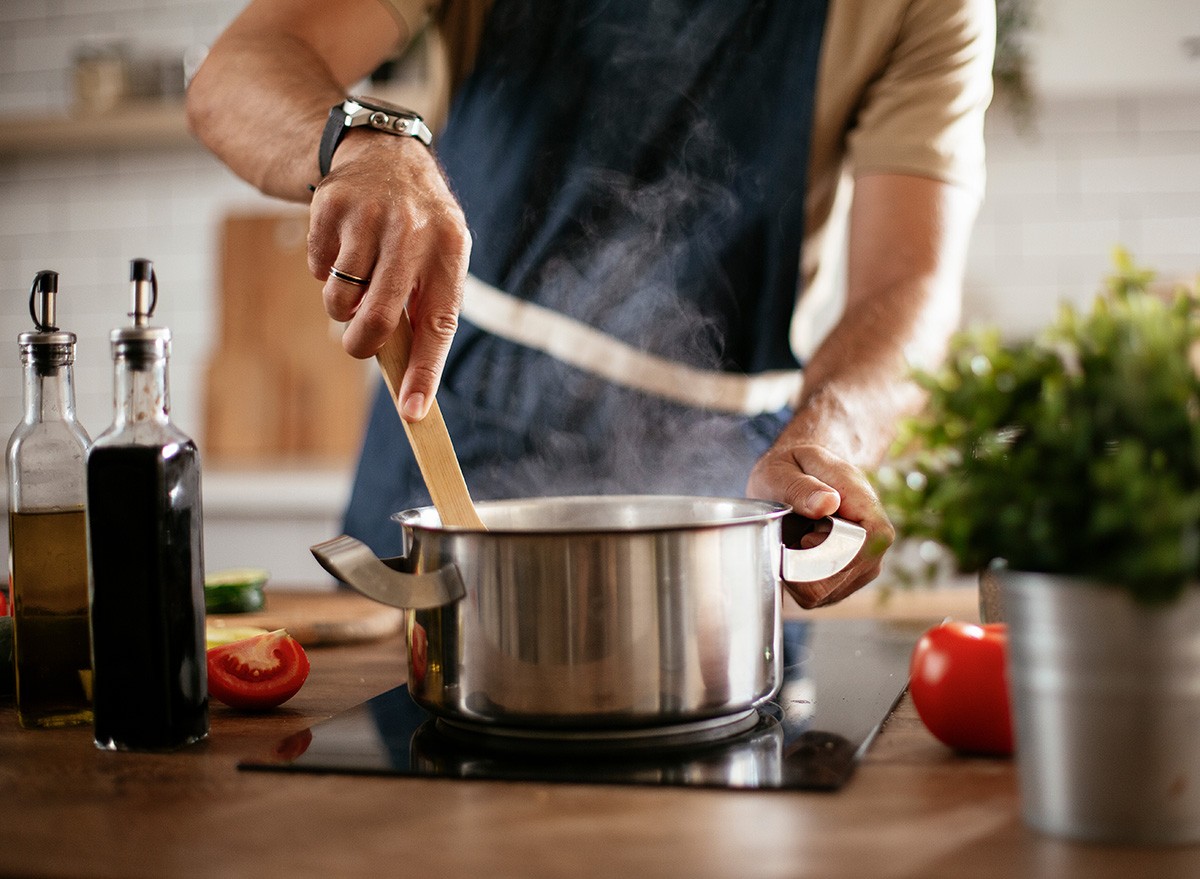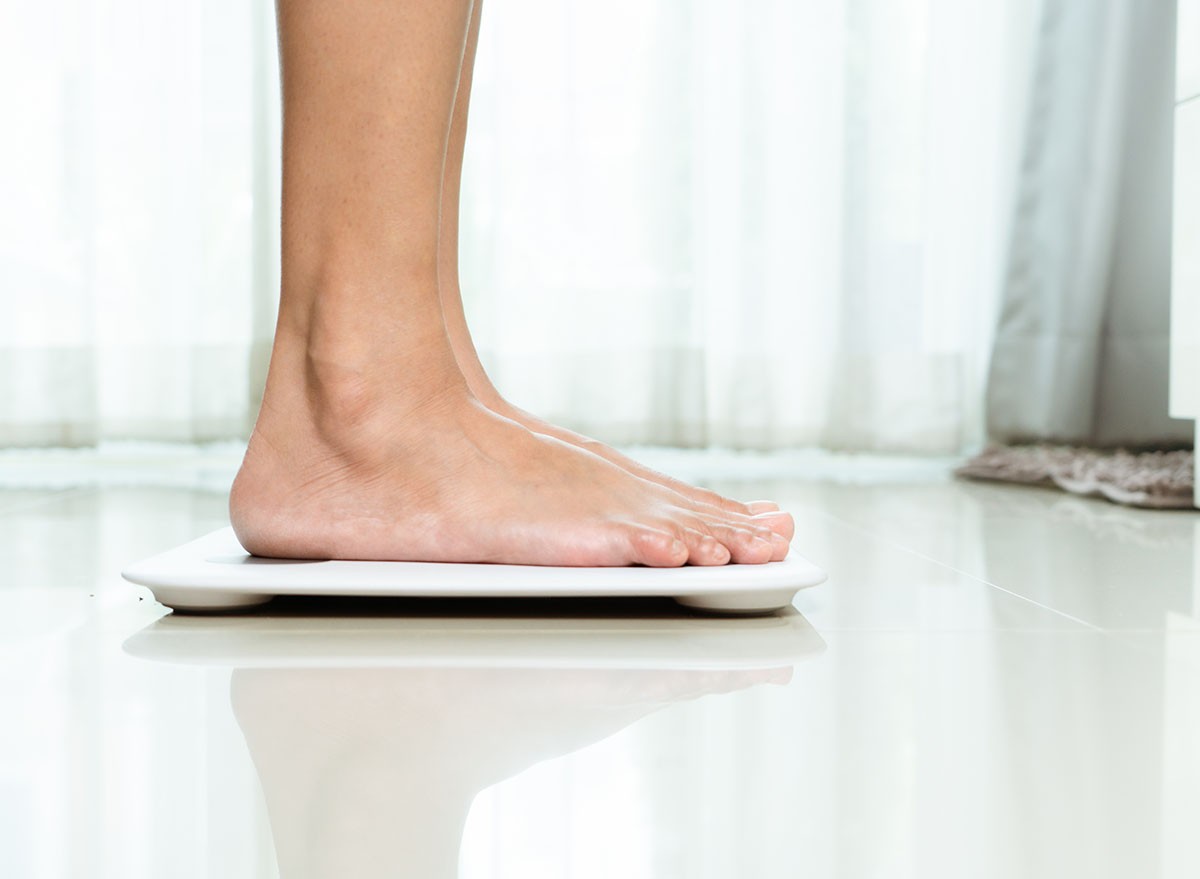This Fitness Trainer's 5 Tricks Melt 12 Pounds of Fat in Just 3 Months

Most of us have tried crash diets or intense workout plans only to give up weeks later. Ellen Thompson, a certified personal trainer with over 15 years in the fitness industry, understands this struggle. As Area Personal Training Manager at Blink Fitness, she's helped hundreds of clients achieve sustainable weight loss through simple, consistent habits. Read on to discover the practical strategies that actually work in the real world.
Set Realistic Expectations

Weight loss doesn't happen overnight, and that's perfectly normal. "The main challenge I see people facing is unrealistic expectations," says Thompson. Most people give up because they don't see dramatic results within days. Sustainable weight loss takes time, and understanding this from the start sets you up for success. Thompson emphasizes that consistency with both training and nutrition will eventually yield results, but patience is essential. Remember that gradual changes are more likely to become permanent parts of your lifestyle.
Balance Cardio With Strength Training

Hitting the treadmill isn't enough if you want lasting results. "Another challenge I see is people only focusing on cardio and neglecting weights," Thompson points out. While cardiovascular exercise burns calories during your workout, strength training builds muscle that increases your metabolism all day long. Thompson recommends incorporating some form of resistance training into your routine at least twice weekly. This doesn't necessarily mean heavy weightlifting—bodyweight exercises, resistance bands, or even household items can provide enough resistance to preserve and build muscle.
Choose Small Habits Over Dramatic Changes

You don't need to overhaul your entire life to lose weight. "Small habits are easier to stick with! They are realistic!" Thompson explains. Rather than attempting to follow a perfect diet or intense exercise regimen, focus on adding simple, sustainable changes to your routine. Thompson suggests starting with basic adjustments like drinking more water or taking short daily walks. These small shifts require minimal effort but compound over time to create significant results, making them much more likely to become permanent parts of your lifestyle.
Prioritize Protein With Every Meal

One simple change can dramatically impact your weight loss journey. "Eat a palm-sized portion of protein with every meal—breakfast, lunch, and dinner—yes, breakfast too!" says Thompson. Protein keeps you feeling full longer, which naturally reduces snacking and overeating. Thompson recommends options like lentils, beans, tofu, eggs, or protein powder to satisfy this requirement. For busy days, keep protein bars or pre-made shakes on hand to ensure you never miss this crucial nutritional element. Just be mindful of added sugars in packaged protein products.
Take A Post-Meal Walk

Movement doesn't require a gym membership or special equipment. "Do a ten-minute walk after lunch or dinner," Thompson advises. This brief activity improves digestion, helps balance blood sugar levels, and increases your daily calorie burn. Thompson suggests making these walks enjoyable by taking phone calls, listening to podcasts, or simply using the time to decompress from your day. The key is consistency—even on busy days, ten minutes is short enough to fit into most schedules but long enough to provide real benefits.
Hydrate Before Eating

This simple trick helps distinguish between hunger and thirst. "Drink a full glass of water 10-15 minutes before you eat," Thompson recommends. Our bodies often confuse thirst signals with hunger, leading to unnecessary calorie consumption. By hydrating before meals and snacks, you'll naturally eat less while staying properly hydrated. Thompson suggests keeping a water bottle with you throughout the day as a visual reminder. If you dislike plain water, try adding slices of fruit or herbs for natural flavor without calories.
Fill Half Your Plate With Vegetables

Create a simple visual guide for portion control. "At lunch and dinner, fill half your plate with non-starchy vegetables before adding other foods," says Thompson. This strategy automatically controls calories while ensuring you get crucial nutrients and fiber. Thompson emphasizes that convenience is key—frozen vegetables and pre-packaged salads are perfectly acceptable options. The fiber in vegetables helps you feel satisfied with fewer calories, making this perhaps the simplest yet most effective strategy for natural portion control.
Establish a Kitchen "Closing Time"

Evening snacking often sabotages weight loss efforts. "Pick a time to 'close' your kitchen—meaning no more snacking for the night," Thompson suggests. Late-night eating frequently stems from boredom or habit rather than genuine hunger. Thompson recommends setting a reasonable cutoff time, such as 8:00 PM, and sticking to it consistently. However, she adds an important caveat: "If you are actually hungry, plan a snack before closing time." This approach respects your body's needs while preventing mindless grazing.
What to Expect: The First Weeks

Your efforts will show results sooner than you might think. "Within 1-2 weeks you can expect to lose 2-4 pounds," Thompson says. Beyond the scale, you'll likely notice improved digestion and growing awareness of your body's true hunger signals. Thompson explains that energy levels typically begin improving during this initial period as well. These early wins, while modest, provide crucial motivation to continue with your new habits.
What to Expect: The First Months

Consistency pays off with visible changes. "Within 2-3 months you can expect to lose 4-12+ pounds," says Thompson. Your clothes will fit differently, your endurance will improve, and you'll have established a sustainable routine. Thompson notes that by this point, many of these initially challenging habits will have become second nature. The compound effect of small, consistent changes becomes increasingly apparent, reinforcing your commitment to maintaining these simple but effective strategies. And if you enjoyed this article, don't miss 12-3-30 Walking Method: 20 Proven Tips to Lose Weight Faster.




